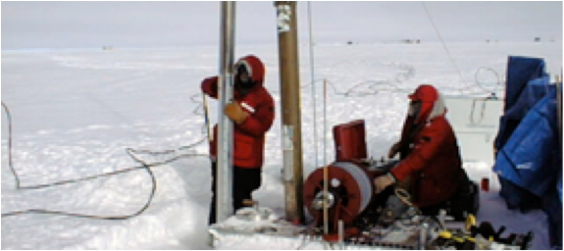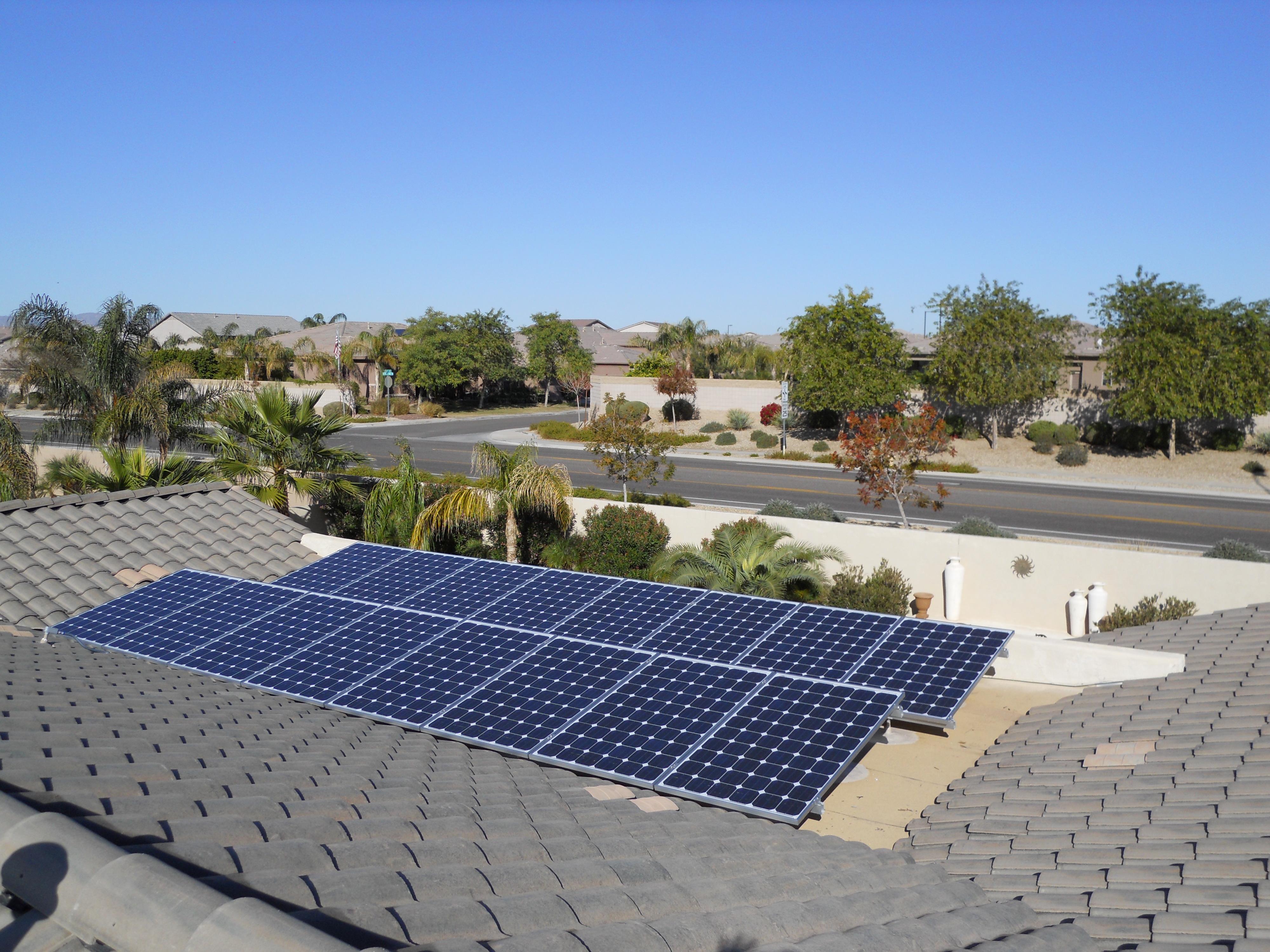An article in the WSJ describes how ‘Much of Sandy’s Flood Damage to be Covered by Cash-Strapped Federal Program’
Response
In 1980, when the science of climate change moved from theory to reality, people said, ‘Well, we’ll have to do something.’ In 1990, the threat still seemed quite distant, the predicted melting of ice caps, floods, storm surges, sea level rise, droughts and forest fires. By 2000, the temperature of the Earth was rising faster than predicted, the Arctic was melting away, and changes in sea currents and tundra methane indicated that ‘tipping points,’ changes in natural functions of the Earth with potential for widespread destruction of basic life systems, might be starting. Many nations, US states, and municipal governments began to shift to more efficient use of energy and increasing use of green technology like wind, wave and solar power. However, the US Congress failed to act.
Billions in damage claims from this storm will be born by taxpayers, more costs will never be recovered, and many lives were lost.
Data shows that the frequency of heavy downpours (defined as the top 1 percent of rainfall events) has increased by almost 20 percent on average in the U.S, as a result of climate change over the past 50 years. Severe weather events will increase for several decades, even after we stop burning fossil fuels. It takes decades after release of excess CO2 for it to raise the temperature of the huge Earth. So the planet’s temperature will keep rising for at least another 20 years, and then stay high for centuries.
It is time to deal with the problem.
The corporations selling the oil, coal and natural gas, the fossil fuels that emit the carbon dioxide (CO2) that is the main cause of this imbalance in the climate, have failed to coordinate an appropriate response. Responsible corporate behavior would be to shift their investments and production into geothermal, wind, solar, battery, algae fuel, smart grids, efficiency technology, and other products that could replace the burning of the fossil fuels. With a few insignificant exceptions, they have not done this.
Isn’t it time for the federal government to protect us from increasing damages from overheating the climate. A tax on carbon that increases every year would give the petroleum industry a measured incentive to shift to production of green technology.
We do not have to keep burning fossil fuels. We can reduce US energy use by 20% just with regulations requiring buildings to be more energy efficient. Wind and solar electricity are already cost competitive in many places and smart grids can handle different and new energy sources. Worldwide demand for solar technology is surging. America has the engineering and entrepreneurial expertise to create a new industrial base of green energy that can out-compete fossil fuel, revitalize our economy and protect our shores.

